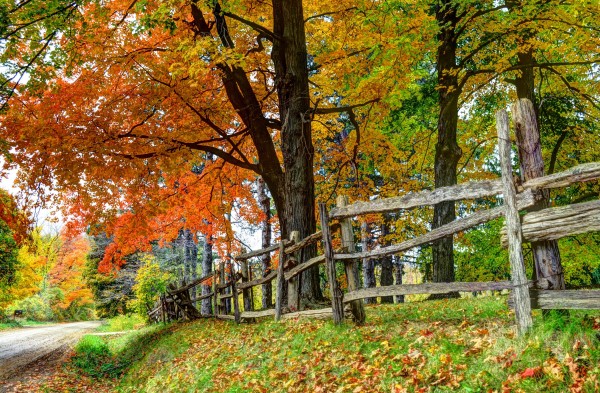Three Steps to Smart Fall Pruning
The beautiful colors of fall mesmerize us. Those shades of red, yellow and gold are harbingers, though. The leaves fall, and soon occupy us with rakes and blowers.
Managing leaves is probably the yard work most homeowners associate with late fall. Yet, there’s more. Are you overlooking a critical area of fall landscaping?
Your deciduous plants (those with leaves) aren’t growing. They’re shut down for the year. Some might even be discolored, or dropping leaves or flowers.
These plants are ready for “rejuvenation pruning.” The name might sound odd. They stopped growing, right? What’s being rejuvenated?

Rejuvenation pruning looks ahead to spring – which, admittedly seems a long way off in Brookfield, Elm Grove and New Berlin, WI. Prudent fall pruning prepares landscape plantings to green up and start growing months from now, when the ground thaws and snow melts.
Don’t just grab a shears and start hacking away, though. Follow these steps, and your plantings will be ready for rejuvenation:
- On live branches, trim back to just above the lowest bud, or the nearest junction with another branch. You can trim back greenery significantly when it’s gone dormant, but this rule still applies.
- Completely remove dead branches or shoots. They won’t regrow. Cut (literally) the losses.
- Pick up any cuttings lying on the ground. In spring and summer, you can get away with being less than fastidious about clean-up. This time of year, any cut greenery or leaves left in a planting bed can breed mold.
You might also be tempted to prune back trees - wait a few weeks for them to enter full dormancy.
As the trees empty, our yards fill. Between rejuvenation pruning and managing leaves, chances are you’ll have enough to keep busy. Enjoy the last of the fall colors!
<<-- Back to List
Email to a friend